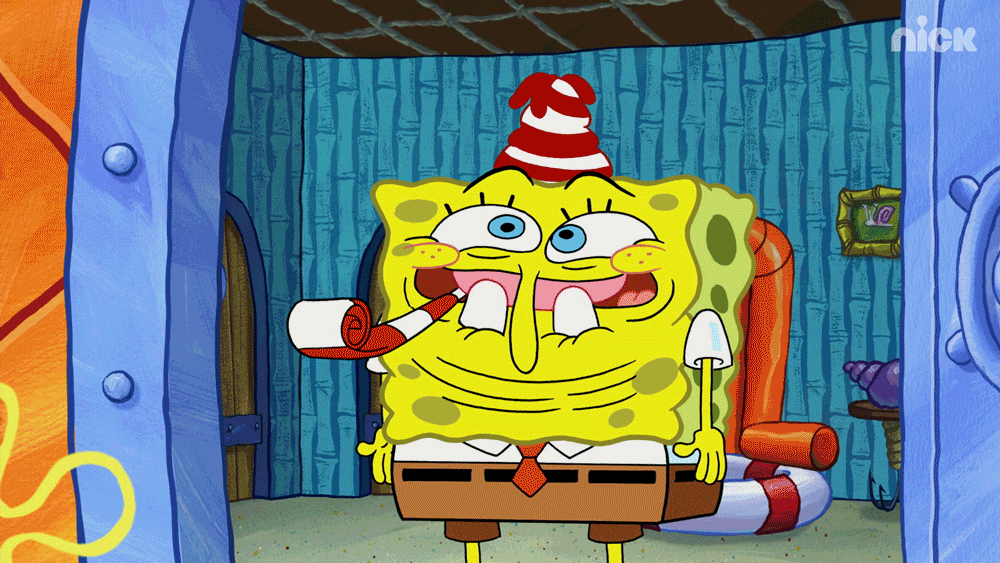

"SpongeBob" underwent a complete scene change every 11 seconds, with lots of frenetic movement in between, the researchers reported. The shows were chosen for their very different pacing. Lillard was not available for an interview to confirm the shows used, but the descriptions match the cartoon "SpongeBob SquarePants" and the PBS show "Caillou."

In the second, they watched nine minutes of "a very popular fantastical cartoon about an animated sponge that lives under the sea." The third group of children watched nine minutes of "a realistic Public Broadcasting Service cartoon about a typical U.S. In the first, the children simply colored for nine minutes. The researchers recruited 60 4-year-olds (via their parents) and assigned them to one of three conditions. The new study, led by University of Virginia psychologist Angeline Lillard, sought to find out whether the type of TV that children watch makes a difference. For example, in a study published in 2009 in the Archives of Pediatrics & Adolescent Medicine, Christakis found that television time decreases the verbal back-and-forth between parents and young kids, potentially stifling children's language and social development. "It's the pacing of the program, what we call the 'formal features,' that actually matter."Įarlier observation studies returned mixed results on the effect of television on child development, but there have been enough red flags to concern researchers. "It's not … all television that creates deficits in attention," Christakis told LiveScience. Christakis was not involved in the study, but penned an accompanying editorial appearing today (Sept. But the research highlights the importance not just of how much TV a child watches, but of what kind, said Dimitri Christakis of the Seattle Children's Research Institute at the University of Washington. The study was small, and scientists weren't sure how long the brain-drain effect persists.


 0 kommentar(er)
0 kommentar(er)
